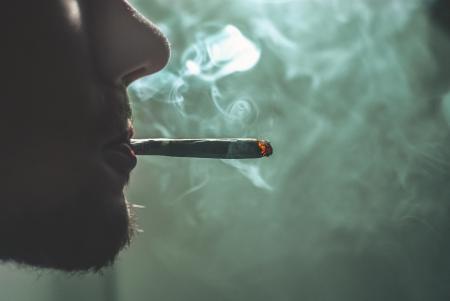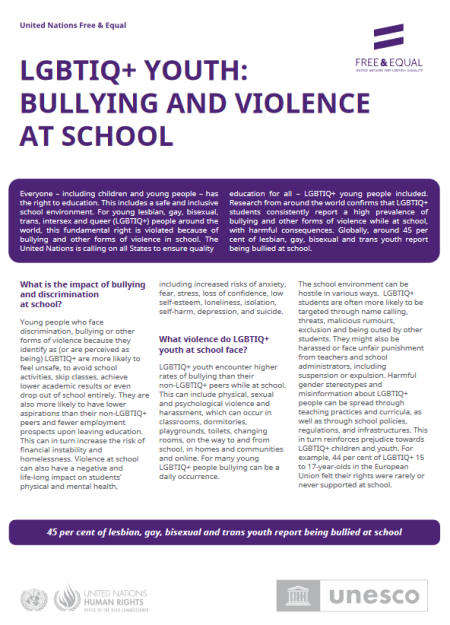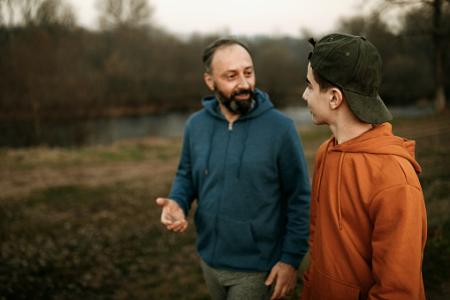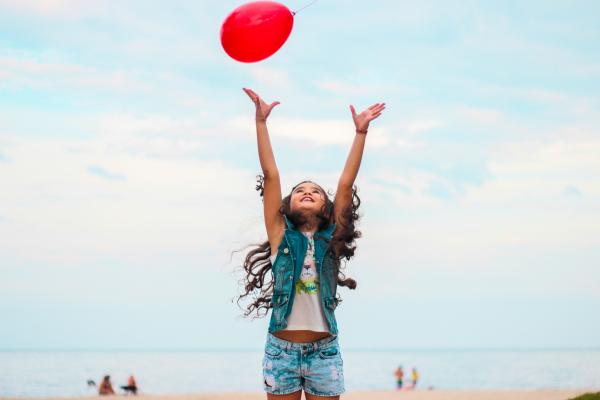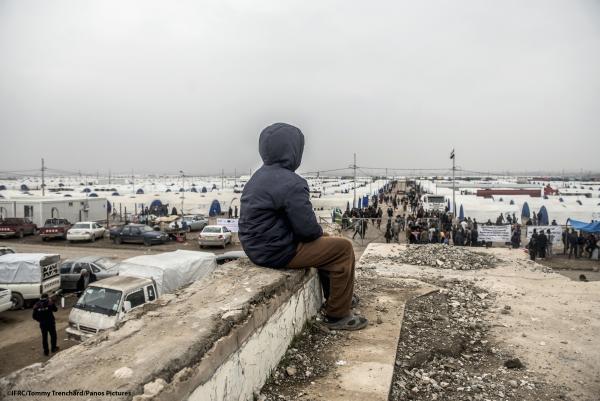
The United Nations has taken a powerful step towards a drug-free society by establishing and observing an annual International Day against Drug Abuse and Illicit Trafficking on 26 June. This day has been celebrated since 1987 with the aim of creating a global cooperation against drug abuse. However, among teens and young adults, there seems to be an overwhelming acceptance of drugs (inhalants, marijuana and opioids, to name a few) in their daily lifestyle, which affects their overall wellbeing.
Undoubtedly, there has been a substantial expansion of services in all areas to protect teens from drug misuse. This has been possible due to respective governments requiring attention to this issue in their countries, and partly to care professionals (social workers, psychiatrists, psychologists, and therapists) who have been trained to work with substance users, even those who have only tried drugs once. Therefore, in order to discuss teen drug misuse (especially in the Indian context), and how it has impacted their growth, I would like to shed some light on the suggestions that care professionals have made to protect teens/youths, and how they have helped them to make informed choices to protect themselves.
Firstly, they suggest reducing stigma, which means that as drug consumption is illegal in most parts of the world, it is difficult, for a variety of reasons, for the affected populations to receive the services they need to stop misuse, including fear of police action/punishment. Also, many areas, such as the North Eastern states of India where harm reduction is less entrenched, don’t have access to a great number of services. Secondly, they suggest direct treatment and engagement with social workers or care professionals, especially in the form of one-on-one discussions about the teen’s drug use problem. Such direct interventions help to create a bond between the client and care professional, making the whole process easier. The care worker might suggest better food and housing options during such direct treatment as a caring gesture to gain the trust of the client, who likewise may feel cared for and thereby might want to try to heal. Thirdly, education and outreach, can be done by creating awareness campaigns around schools, village communities or through street/role play, which is highly beneficial and popular among teens and youths. Activities, such as an ‘eliminate drug’ drive, or roadshows might also be helpful.
Contact with former drug users could be a great inspirational tool to encourage and inspire present users to stop taking drugs. This can be done if former drug users/addicts join the campaigns held by different stakeholders, such as NGOs and intra-governmental organisations. Current drug users could receive positive encouragement and motivation to leave drugs behind for a better future.
Lastly, but most importantly, they suggest motivation and support for maintaining this changed lifestyle. Social workers meet people at different points in their substance abuse histories. Therefore, different levels of motivation and support will be required. The key is to ensure that the motivation and support offered maximises the likelihood of behaviour change, even with people who are highly resistant.
Teens and youth who have overcome drug abuse face an ongoing battle to maintain a lifestyle with limited use or total abstinence from drugs. Thus, as a social care professional, supporting the transition process and creating a care plan that is tailored to their normal routine, and hence easy to stick to, is vital. Along with this, providing encouragement and reflection on the person’s achievements-to-date provides continuous motivation and self-confidence, which will help them reduce the risk of returning (relapsing) to drug use.
Specifically talking about India, the Indian Constitution, as it is clearly enshrined under Article 47 of the Directive Principles (which directs states to bring about prohibitions on intoxicating drinks and drugs harmful to the health of an individual) with India being one of the signatories of three of the United Nations Conventions on Drug abuse, sets out that the government has a liability to eliminate the use of drugs, adopt preventive measures, and avail provisions for the people who require help with drug-related disorders.
Recently, the Ministry of Social Justice and Empowerment conducted two nationwide surveys, published in 2014 and 2019. Their results show an unabated increase in the consumption of drugs. One report, ‘Magnitude of Substance Use in India (2019)’, written by the Indian Ministry of Social Justice and Empowerment, showed the use of psychoactive substances, such as alcohol, cannabis, and opioids, which were used for centuries but not documented until 2019. This demonstrated the gap in services and proposed a challenge to formulate and implement effective policies and programmes. Having said this, the report establishes that a substantial amount of psychoactive substances are moving around the country, though there are variations in their use in different states.
Alcohol is identified in the survey as the most common psychoactive substance used by Indians. Nationally, about 14.6% of the population (between 10 and 75 year of age) uses alcohol. For every one woman who consumes alcohol, there are 17 alcohol-consuming men. Cannabis and opioids are the next commonly used substances in India. About 2.8% of the population reported having used cannabis products in the previous year. The use of cannabis was further differentiated between the legal form of cannabis (bhang) and other illegal cannabis products (ganja and charas), which have their own measurable amounts of use among the population. About 2.1% of the country’s population use opioids, which includes opium (or variants like poppy husk, known as doda/phukki), heroin (or its impure form—smack or brown sugar), and a variety of pharmaceutical opioids.
The survey indicates that a sizeable number of individuals use sedatives and inhalants. About 1.08% of 10–75-year-old Indians currently use sedatives (non-medical and non-prescription use). Uttar Pradesh, Maharashtra, Punjab, Andhra Pradesh, and Gujarat are the top five states wherein people use sedatives. Inhalants, with an overall prevalence of 0.7%, are the only category of substances for which the prevalence of current use among children (teens and youth) and adolescents is higher (1.17%) than adults (0.58%).
In spite of the various measures that have been taken by the Indian government to prevent drug misuse throughout India, such as an expert committee developed by The Ministry of Health and Family Welfare, to look into the issue of drug and alcohol use in India, and a Drug De-addiction Programme (DDAP) whose primary aim was to reduce the demand for drugs, nothing can hide the reality. India enacted the Narcotic Drugs and Psychotropic Substances (NDPS) Act in 1985. It was amended three times in the following years, most recently in 2014 to focus on the supply side of drug reduction. The Government also created a fund, the National Fund for the Control of Drug Abuse, which involves a couple of other major stakeholders: the Ministry of Health (and Family Welfare) and the Ministry of Welfare (currently Social Justice and Empowerment).
Additionally, The Ministry of Health and Family Welfare established seven treatment centres during the first phase (in 1988) of the preventative measure. It funded several Non-governmental organizations (NGOs) across the country to establish counselling and DACs with the objectives of awareness building and rehabilitation at the community level. The Ministry subsequently identified 10 Regional Resource and Training Centres (RRTCs) to mentor, train and provide technical input to various other NGOs. These RRTCs work under the direct supervision of the National Institute of Social Defence (NISD).
In summary, India has taken quite early, yet decisive steps to tackle the drug problem among the general population, including teens and youth. However, these steps lack a government-provided, committed workforce, coordination between ministries and NGOs, and uniformity at the policy level to make the best choices.
REFERENCES:
- Ministry of Social Justice and Empowerment, Government of India. (2019). Magnitude of Substance Use in India. National Drug Dependence Treatment Centre (NDDTC), All India Institute of Medical Sciences (AIIMS).
- SINGLECARE TEAM. (2019). Preventing teen prescription misuse. https://www.singlecare.com/blog/preventing-teen-prescription-misuse/
- Galvani, P. S. (2015). Alcohol and other Drug Use: The Roles and Capabilities of Social Worker. Manchester Metroplitan University, Public Health England.
- Avasthi, A., & Ghosh, A. (2019). Drug misuse in India: Where do we stand & where to go from here? The Indian Journal of Medical Research, 149(6), 689–692. PubMed. https://doi.org/10.4103/ijmr.IJMR_548_19
- Wherley, S., & Chatterjee, S. (2015). India’s growing problem of injecting drug misuse. BMJ : British Medical Journal, 350, h397. https://doi.org/10.1136/bmj.h397


